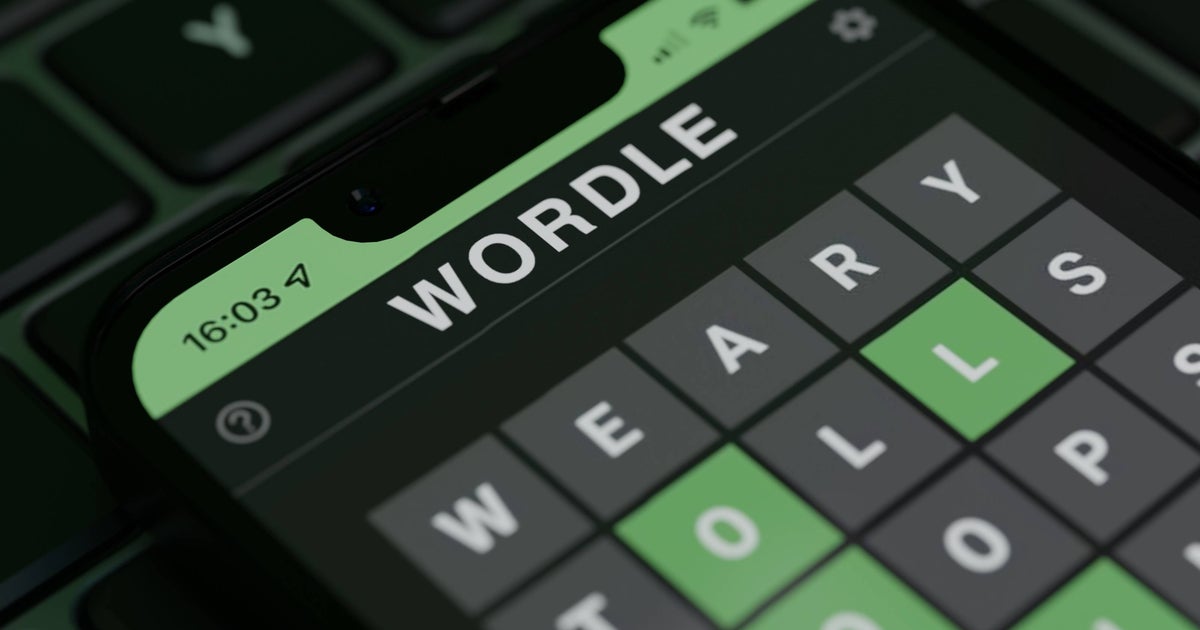The first Android phone had a full QWERTY keyboard. iPhones kept going for a decade before getting rid of the physical home button. There’s no denying that smartphone design continues to move toward cleaner, simpler interfaces. But Xiaomi seems ready to ditch the buttons altogether… and I’m not here for that.
According to prolific leaksters Chun Bhai and Smartprix, the Chinese brand is reportedly preparing a phone called “Zhuque” that is set to be released next year. The device is said to feature no physical buttons for controls. The focus is said to be entirely on the phone’s display, with a front-facing camera hidden under the screen, similar to Samsung’s foldable phones.
Details are scarce, other than the fact that the processor will be a next-gen Snapdragon 8+. That implies that this will be a flagship device, likely with the latest tech and premium materials, and perhaps a few extra tricks to enhance the display. But the leak doesn’t include anything about how exactly a buttonless device would work in practice. (The header image for this article comes from a previous Xiaomi concept.)
It seems obvious that further work will be done on the on-screen interface, but beyond that, we can only guess. Android Authority believes that Xiaomi could use touch panels on the side of the device to replace the physical power and volume buttons, combined with haptic feedback. We’ve seen this before on some Fitbit smartwatches and gaming phones to enable “ghost” shoulder buttons, but they don’t completely replace the conventional power and volume buttons.
It’s a trick Meizu tried with the Zero concept, which also didn’t feature speaker cutouts (the screen vibrated for sound) and wireless charging only to omit a USB port. While the Zero ended in a failed crowdfunding campaign, rumor has it that Apple is considering a similar direction for its iPhone design. But frankly, there’s no way to know if this is based on actual evidence or just a guess based on Apple’s obsession with aesthetic minimalism.
Personally, I don’t really like this idea. I’m all for removing unnecessary components in electronics design, but sometimes buttons are necessary for a reason. One of the reasons I prefer using Android over iOS is because of apps like Button Mapper, which allow me to get extra functionality out of my volume buttons. I associate long presses with play/pause and the LED flashlight, which saves me a lot of time.
And I’m not alone in acknowledging that physical buttons have their place. Fitbit ditched haptic touch buttons in newer watch models because they were too easy to activate by accident. This extends beyond mobile technology: Consumers, safety advocates, and even manufacturers themselves are pushing back against all-touch setups and haptic-only buttons on car dashboards.
Given that the component technology for a buttonless phone has been around for years, I have to assume that many phone manufacturers have studied this idea and come to similar conclusions.
While I applaud Xiaomi for the courage it took to bring this Zhuque to a full retail release, it’s a design I would specifically avoid for my own phone purchases.









